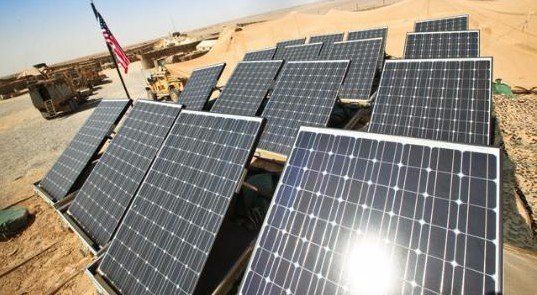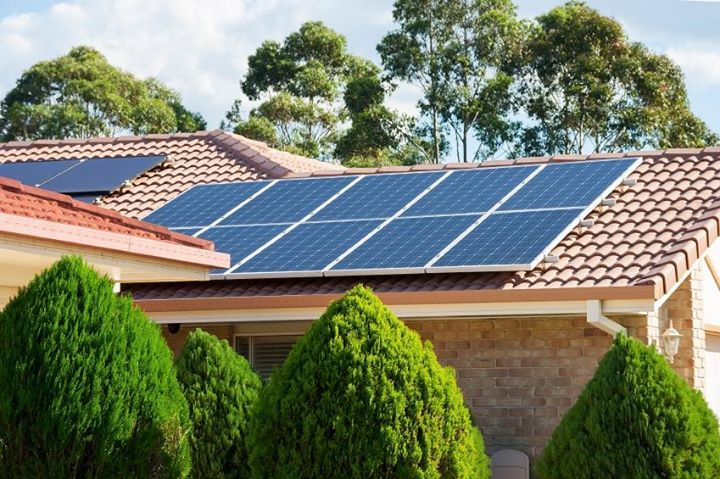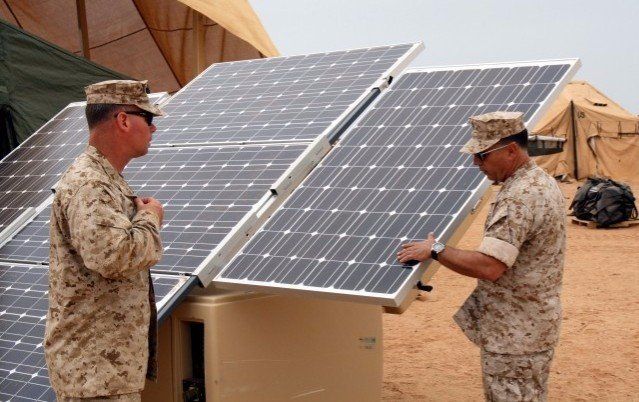5 Frequently Asked Questions About Solar
- By 7041857947
- •
- 01 Jul, 2017
- •
How do solar panels function? Can I remove myself from the grid? What is maintenance like? Find answers to the most frequently asked questions about switching to solar.

1. How do solar panels work?
Photovoltaic (PV) systems absorb the sun’s light throughout the day and convert it into direct current (DC) electricity. However, since most homes and businesses run on alternating current (AC) electricity, the DC electricity must be passed through an inverter to convert it to AC electricity. Once this happens, your home or business either uses the electricity or it gets sent back to the grid.
2. Can I remove myself from the grid with solar panels?
Normally when you install solar panels, your home will still be connected to the grid. Staying connected allows you to draw energy from the grid during the times your system is not producing enough electricity to meet your needs. It also allows you to send excess electricity back to the grid and have your power company credit you for it. It is possible to completely remove yourself from the grid with a system that includes battery storage, however, you should note that it will cost significantly more and is usually unnecessary for most homeowners.
3. What is maintenance like for solar panels?
Solar panels are made of durable tempered glass and require little to no maintenance over their 25 to 35 year lifespan. Our BenQ panels come with a 25 year manufacturer’s warranty, as well as a 10 year workmanship warranty. We install each panel in your system with its own microinverter. This insures that in the case that one panel stops working, the rest will not be affected.
4. How much does a solar system cost?
The cost of your solar investment varies greatly depending on the size of the system you need, your location, available incentives and rebates. This is why it is best to set up a consultation with your preferred installer to get an accurate estimate of how much your investment will cost. This estimate will be based on the size of your home, your yearly electricity use, as well as the amount of sunlight available to you based on roof coverage, orientation, and space.
5. What sorts of incentives are available for me?
Federal, local, and state governments all offer solar energy tax credits and other incentives to encourage homeowners to go solar. The size of the subsidy varies by program. The federal government allows you to deduct 30% of your solar power system costs off your federal taxes through an investment tax credit. These programs are designed to reward early adopters of solar energy and encourage others to also install soon, for this reason the amount of allotted funds decrease each year. Both Austin Energy and CPS offer great incentives to encourage homeowners to switch to solar.









